
To mark women’s day, the SESAR 3 JU spoke to those active in the programme about the need for greater diversity in the air traffic management industry, recognising that a diverse set of experiences, perspectives, and backgrounds is crucial to innovation and the development of new ideas. This is particularly pressing today as the industry embraces digitalisation and seeks to address the climate impact of aviation.
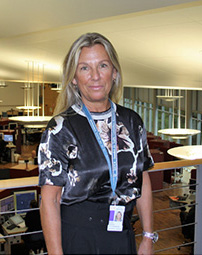
There is plenty of compelling evidence showing that a diverse and inclusive workforce is necessary to drive innovation. “Diversity and inclusion makes economic sense: companies with greater gender diversity are 21% more likely to outperform others and those that are ethnically diverse are 33% more likely to outperform others,”[1] says Helena Sjöström, Deputy President of the International Federation of Air Traffic Controllers’ Associations (IFATCA). She says the “obvious lack of inclusion and diversity” contributes to talent gaps in air traffic management. “We recruit for the skills we need now, not for the future skills” whereas the industry needs role models both at entry level and management level for digital technologies, including artificial intelligence (AI) and machine learning (ML), to find their way into the ATM working environment. IFATCA is currently, together with major stakeholders in Europe, working on a think paper regarding diversity and inclusion. This paper calls for the establishment of a working group at European level and the creation of a platform to develop a toolbox to support inclusion and diversity work.
Towards a new mindset
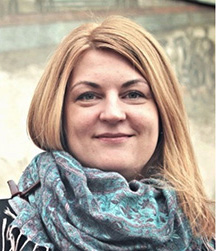
This is particularly the case in the emerging unmanned sector where “a new mindset of being flexible and adaptive needs to be employed in organisational structures and decision-making processes to rapidly react and solve problems,” says Maria Tamm, SESAR GOF2.0 Project Manager at Estonian Air Navigation Services (EANS). “We have an international consortium composed of highly experienced partners that allows diverse knowledge sets to combine and complement each other…SESAR provides a great platform to do that,” adding “It is important to understand that the cooperation between different talent sets is paramount for successful implementation of innovative concepts and technologies.” For example, GOF2.0 took advantage of the sandbox concept used in other technology sectors to “become a training ground to understand what to expect from U-space implementation”.
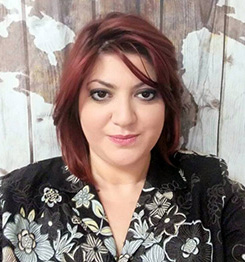
However, the pace of change is slow, points out SESAR SYN+AIR project lead Ismini Stroumpou from Sparsity Technologies. Comprised of 12 women and 8 men, SYN+AIR has generated a novel future transportation concept that promotes multimodality through data sharing. Rethinking and optimising the processes of recruitment and development is key to securing research talent, which alongside performance recognition, contributes to team success. “Aviation stakeholders are not flexible organisations and have high abrasion resistance. This barrier is reduced by involving stakeholders from concept development to implementation in a bottom-up approach. In a nutshell, inclusiveness at all levels is a way to manage hurdles.”
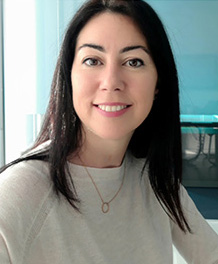
“The rules have changed and meeting future objectives requires more resources than the ones in a single organisation or even in a single sector,” says Marta Sánchez Cidoncha, SESAR ISOBAR project lead from CRIDA. “The right talent pool is a multi-profile and collaborative team” in which programmers, analysts and data scientists work alongside more traditional ATM profiles. ISOBAR brought together AI developers, meteorologists and ATM operational experts to create an AI-based storm predictor and a new start-up. There are still many challenges however as industry adopts more data-driven technologies. “It is difficult to be aware of what is happening in emergent areas for which there are not yet clear collaboration structures or programmes. Even more difficult with disruptive technologies that may arise from cross-sectorial synergies.”
Talent pool
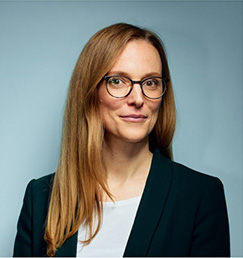
To overcome this shortage of skills, SESAR Modus project lead Annika Paul of Bauhaus Luftfahrt says technological or transition research and development needs to be accompanied by the development and support of required skills at an early stage. “SESAR projects and activities have been actively seeking the exchange with other transport domains to discuss and develop multimodal solutions, assess approaches in joint mobility, and especially evaluate the way forward in multimodal cooperation in Europe.”
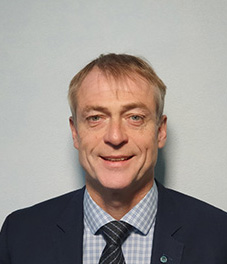
Automation is nothing new, adds Marc Baumgartner, IFATCA SESAR Coordinator, with so-called new technologies such as AI and machine learning finding their way into the working ATM environment. The challenge is to introduce new technological components into a running ATM system. “IFATCA is currently working on guidance material to assist human operators, regulators, industry and air navigation service providers to create a Joint Cognitive Human Machine System environment, conducive for a safe and sustainable transition to the future system.”
Based on experiences shared by SESAR project leaders in this article, diversity has become an indispensable part of achieving research objectives in these emergent areas. “Only diverse teams understand society’s needs and concerns,” says Marta Sánchez Cidoncha. “Diversity is a booster of disruptive innovation, faster development cycles and new opportunities for the air traffic industry.”
